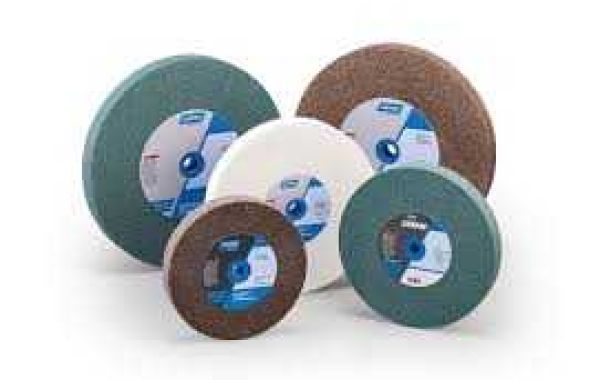The abrasive wheel stands as a cornerstone in the world of precision machining, offering a versatile and indispensable tool for shaping, finishing, and refining workpiece surfaces across a multitude of industries. From metalworking to woodworking, and from automotive to aerospace applications, abrasive wheels play a pivotal role in achieving tight tolerances, smooth surface finishes, and optimal performance in manufacturing processes. Let's delve into the significance of the abrasive wheel, its construction, applications, and enduring impact on modern industry.
Construction and Composition
At the heart of the abrasive wheel lies a combination of abrasive grains and a bonding material, meticulously crafted to endure the rigors of material removal. The abrasive grains, typically made of aluminum oxide, silicon carbide, or diamond particles, serve as the cutting agents, while the bonding material, often resin, vitrified ceramic, or metal, holds them together in a cohesive structure. This construction ensures efficient material removal and precise surface finishing capabilities tailored to specific machining requirements.
Applications and Industries
The versatility of abrasive wheels lends itself to a vast array of applications and industries:
Metalworking: In metal fabrication and manufacturing, abrasive wheels are indispensable for tasks such as surface grinding, deburring, and sharpening. They enable the precise shaping and finishing of metallic components, including gears, shafts, and tools, ensuring optimal performance and dimensional accuracy.
Woodworking: In woodworking applications, abrasive wheels facilitate shaping, sanding, and polishing of wood surfaces in furniture making, cabinetry, and construction. They provide the necessary precision and control to achieve smooth finishes, intricate contours, and precise dimensions in wood-based products.
Construction: In the construction industry, abrasive wheels are utilized for tasks such as cutting, grinding, and shaping concrete, stone, and masonry materials. They enable the creation of precise cuts, smooth edges, and uniform surfaces in applications ranging from building construction to infrastructure development.
Advancements and Innovations
Recent advancements in abrasive wheel technology have further enhanced their performance and capabilities:
Advanced Abrasives: The development of new abrasive materials, such as ceramic grains and superabrasives like CBN (cubic boron nitride) and diamond, has enabled higher material removal rates, improved surface finishes, and extended tool life in demanding machining applications.
Engineered Structures: Innovative wheel designs, including porous and microstructured abrasive wheels, offer enhanced coolant delivery, chip evacuation, and heat dissipation, improving process stability and surface quality during machining operations.
Digital Integration: With the integration of digital technologies such as computer numerical control (CNC) and robotics, abrasive wheel machining processes have become more precise, automated, and efficient, allowing manufacturers to achieve higher productivity and consistency in production environments.
In conclusion, the abrasive wheel stands as a testament to human ingenuity and innovation in the field of precision machining. Its versatility, reliability, and enduring impact on modern industry make it an indispensable tool for manufacturers seeking to achieve excellence in material shaping, finishing, and surface preparation. As industries continue to evolve and demand increasingly complex components, the abrasive wheel will continue to play a vital role in driving innovation and efficiency in manufacturing processes worldwide.







